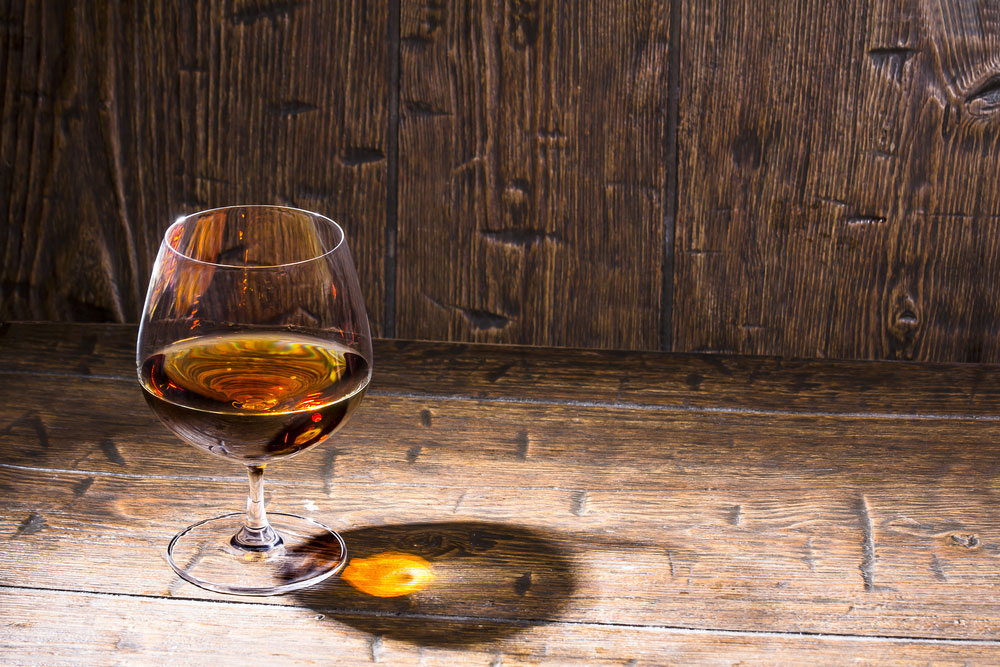Armagnac
We are delighted to offer a wide range of Armagnac
94 Armagnac's and Cognac's found.
Hine Grand Champagne Cognac 1985
Champagne Cognac
John Harvey & Sons, Bristol
...more
£195.00
(6 in stock)
Armagnac is a distinctive type of brandy that hails from the Gascony region in southwest France. It is one of the oldest distilled spirits in France, with a history dating back to the 14th century, making it even older than its more famous cousin, Cognac
ProductionArmagnac is produced through a process of single continuous distillation in a copper still called an alambic armagnaçais. This method differs from Cognac, which is typically distilled twice. The single distillation gives Armagnac a more robust and complex flavor profile.
Types of Armagnac Armagnac is classified by age statements, which indicate the youngest spirit in the blend:

Choosing the Glassware Traditional Glass: The ideal glass for serving Armagnac is a tulip-shaped glass or a small snifter. These glasses help concentrate the aromas, allowing you to fully appreciate the spirit’s bouquet. Alternative: A wine glass with a slightly narrower opening can also work if you don't have a traditional brandy glass.
Serving Temperature Room Temperature: Armagnac is best served at room temperature, around 18–20°C (64–68°F). This allows the full spectrum of flavors and aromas to be released. Hand Warming: Hold the glass in your hand to warm the Armagnac slightly, but avoid heating it too much, as excessive warmth can overpower its more subtle notes.
Pouring Pour a small amount, about 30–45 ml, into the glass. This is sufficient for savoring the spirit without overwhelming the palate.
Tasting Ritual Nose: Before sipping, gently swirl the glass to release the aromas. Bring the glass to your nose and inhale deeply to enjoy the complex bouquet. Take your time to identify the different notes. Sip: Take a small sip and let the Armagnac roll over your tongue. Notice the initial flavors and how they evolve as the spirit warms in your mouth. Finish: Pay attention to the finish, which can reveal additional layers of flavor as the spirit lingers.
Accompaniments Food Pairing: Armagnac can be paired with a variety of foods. Dark chocolate, dried fruits, nuts, and strong cheeses like Roquefort or aged Gouda complement its rich flavors. Digestif: Armagnac is traditionally served as a digestif, enjoyed after a meal to aid digestion.
Cocktails and Mixing While Armagnac is often enjoyed neat, it can also be used in cocktails. Classic cocktails like the Sidecar or Brandy Sour can be made with Armagnac for a richer, more complex flavor. Mixing Tips: If using Armagnac in cocktails, consider younger varieties like VS or VSOP, as they are more robust and can stand up to other ingredients.
Ageing and Vintage Older Armagnacs: For older, more aged Armagnacs (XO, Hors d'âge, or vintage), it’s recommended to savor them neat to fully appreciate the depth and complexity developed over the years. Younger Armagnacs: Younger Armagnacs can be slightly more versatile, enjoyed neat, with a splash of water, or in mixed drinks.
Storage Proper Storage: Store Armagnac in a cool, dark place, upright to prevent the cork from drying out. Once opened, the bottle should be consumed within a few years to maintain its quality, though Armagnac can last longer if stored properly.
We are delighted to offer a wide range of Armagnac
Champagne Cognac
John Harvey & Sons, Bristol
...more
£195.00
(6 in stock)